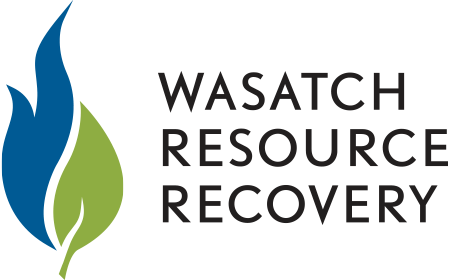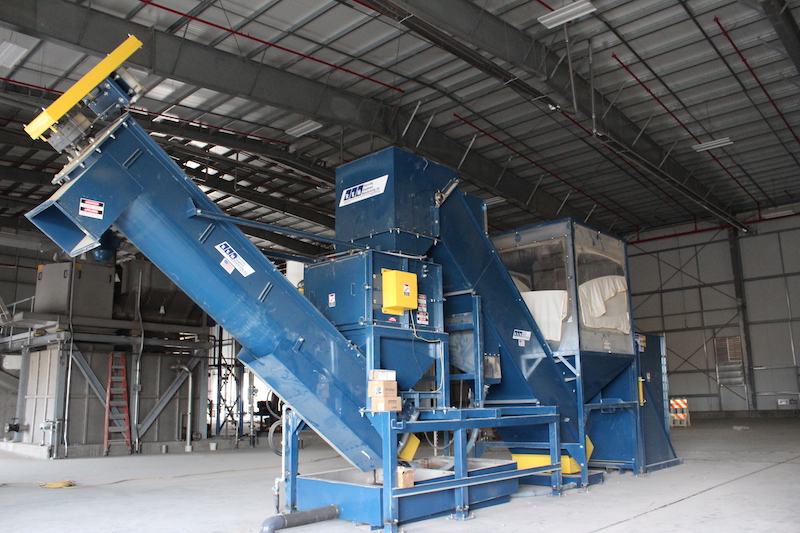Air Quality and WRR
The 2019 Salt Lake City mayoral race is already off to a steady trot. Many of the numerous candidates who have announced their run have included in their platform an issue that, as a whole, Utahns tend to agree on; improving poor air quality.
A major portion the winter air pollution, PM 2.5 is a general term for a variety of air particulates. These are especially dangerous for our respiratory system as they can pass through our body’s natural filters, causing harmful health effects.
Up to 70% of PM 2.5 is composed of airborne Ammonium Nitrate, which is composed of two different emissions. The first component of this chemical come from the emissions of cars, fireplaces, and manufacturing. A recent study, Wasatch Front Ammonia and Chloride Observations, searched for sources of the other component of the PM 2.5, ammonia.
Some of this Ammonia is produced in the breakdown of organic waste. When this happens in conventional landfills it is released into the air and becomes PM 2.5. Through Anaerobic Digestion, Wasatch Resource Recovery is able to contain and capture these and other gases produced in the natural breakdown of food and organic waste.
Methane is separated from these gases to be used to heat and power homes. The ammonia is condensed and used to form a natural and nutrient-rich liquid fertilizer that makes a great amendment to our native soils. By capturing these gases, Wasatch Resource Recovery is helping businesses across the valley reduce their impact on our air quality!
Wasatch Resource Recovery is turning problems into solutions!










